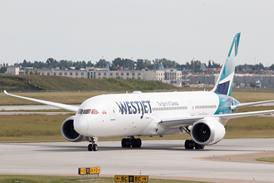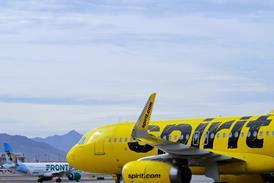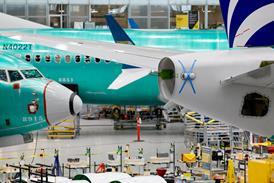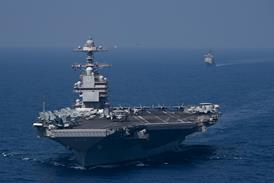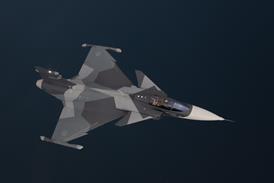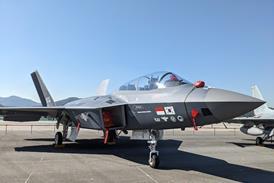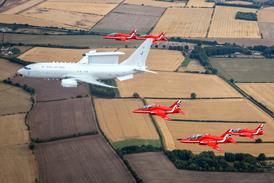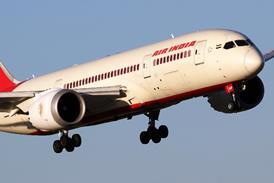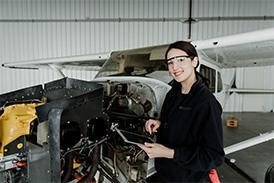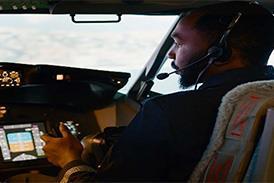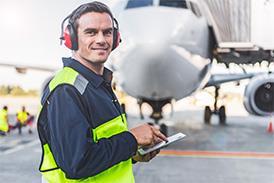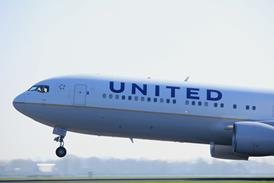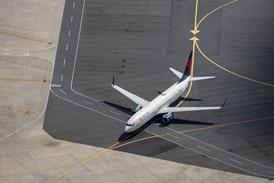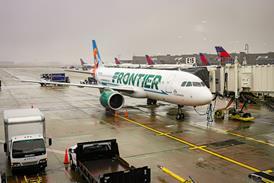Korea Aerospace Industries (KAI) continues to pursue its first international sale of the KF-21 Boramae fighter, while advancing a single-seat version of its FA-50 light combat aircraft and exploring an ambitious tactical transport project.
The company had a major presence at the recent Seoul ADEX defence show, highlighting progress across its platforms and its research into “K-AI Pilot” autonomous flight technology.
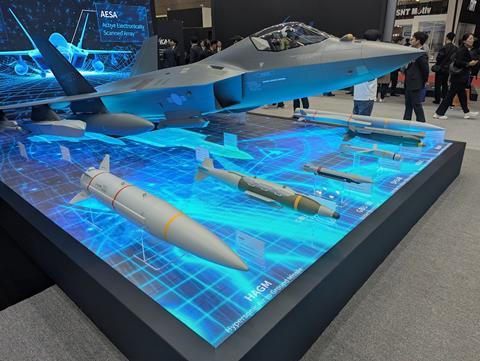
In an interview with FlightGlobal, Dong Haik Shin, KAI’s vice-president for international business development, detailed programme milestones, development efforts, and export opportunities.
“The KF-21 programme is nearing completion, with its first delivery to the Republic of Korea Air Force planned in 2026,” says Dong.
“Through evolutionary development the platform will achieve a robust operational capability, which will support its export potential.”
He notes that air force chiefs from Indonesia, Poland and the United Arab Emirates have flown the jet. “Interest in the KF-21 is expected to grow,” he adds.
Powered by twin GE Aerospace F414 engines, the KF-21 has achieved steady progress since its first flight in 2022. Six prototypes have completed 1,462 of 2,043 planned test flights as of 15 October. Block 1 development, focused on air-to-air weapons, is scheduled to conclude in June 2026; Block 2, centred on air-to-ground weapons, is due in December 2028.
In addition, South Korean industry aims to develop a series of indigenious weapons for the aircraft, including air-to-air and air-to-ground weapons.
South Korea’s Defense Acquisition Program Administration has ordered 40 KF-21s for the air force, with more expected to follow.
Indonesia remains a partner in the programme, with the potential to order up to 48 locally produced IF-X variants. After disputes over cost sharing and espionage allegations, a reset in June reduced Jakarta’s share to KRW600 billion ($417 million) – about 7% of total costs – and returned 23 Indonesian engineers to South Korea. Originally, Indonesia was to shoulder 20% of the programme’s development cost, about KRW1.7 trillion, but fell short of payments totalling roughly KRW1.1 trillion before the reset.
Through June 2026, technology transfer to Indonesia will span five areas: final assembly, flight tests, airworthiness, sustainment, and training systems. The fifth KF-21 prototype is assigned to support Indonesian customisation work for the IF-X.
One obstacle for the IF-X may be Jakarta’s other fighter commitments, including 42 Dassault Aviation Rafales and 48 Turkish Aerospace Kaans. Still, Dong stresses that Indonesia has already invested heavily in the KF-21/IF-X effort.
KAI has pitched a combined offer of FA-50s and KF-21s for Peru’s fighter competition, facing the Rafale, Lockheed Martin F-16 Block 70, and Saab Gripen E/F. Lima already operates KAI’s KT-1P trainer, with 16 of 20 examples produced locally. Dong notes that the FA-50 would bridge the gap between the KT-1 and the KF-21, offering a light-attack capability.
The UAE is also evaluating the KF-21. In April, Abu Dhabi and Seoul agreed to allow UAE officials to observe future KF-21 exercises as part of the Middle Eastern nation’s efforts to obtain a new fighter.
The Philippines, another KAI customer, is weighing the KF-21 against the F-16 Block 70 and Gripen E/F. Manila already flies the FA-50, and a June order for 12 more will bring its fleet to 23 aircraft in the FA-50PH standard.
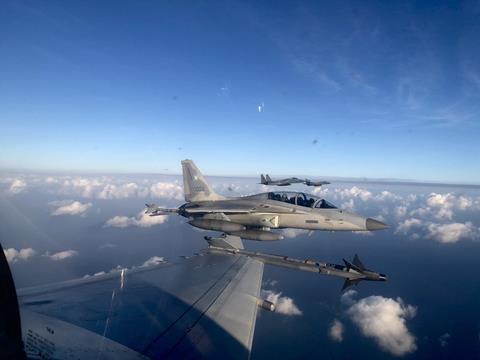
Dong says that KAI continues to evolve the FA-50, notably through integration of the Raytheon PhantomStrike active electronically scanned array (AESA) radar. The radar will equip 36 FA-50PLs on order for Poland, 18 FA-50Ms for Malaysia, and follow-on FA-50PHs for the Philippines. PhantomStrike can also be retrofitted to in-service aircraft.
South Korea’s LIG Nex1 is developing a domestic AESA radar for the FA-50, with flight tests planned after current bench testing. Other upgrades include a helmet-mounted display and new weapons such as the Raytheon AIM-9X.
Dong adds that “multiple countries” have expressed interest in a single-seat FA-50 variant, which replaces the rear seat with additional fuel. The design passed its preliminary review in January and its critical design review in July. From December, KAI will begin fabricating parts to modify an FA-50 prototype into a single-seater, with work beginning in September 2026. Ground tests are envisaged in 2028.
“There is no fixed export customer at this time, though multiple countries have shown interest,” says Dong. “Promotional activity is underway at exhibitions while customer discussions proceed.”
Planned improvements for the FA-50 also include a large area display and manned-unmanned teaming capabilities.
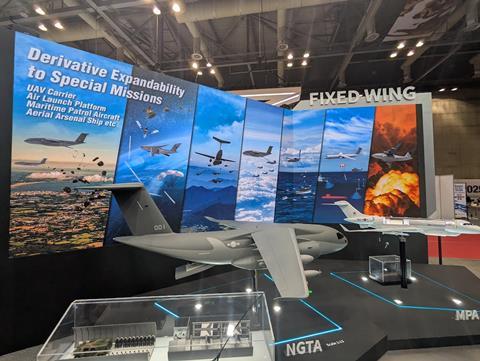
Beyond its fighter programmes, KAI continues to study its Next Generation Transport Aircraft (NGTA). Concepts of the twin-engined jet, previously referred to as MC-X, were again shown at ADEX.
If developed, the NGTA would likely be a joint effort with the UAE. In addition to tactical transport duties, KAI envisions the aircraft performing missions such as airborne early warning and control, maritime patrol, and the launching of weapons or collaborative combat aircraft.

